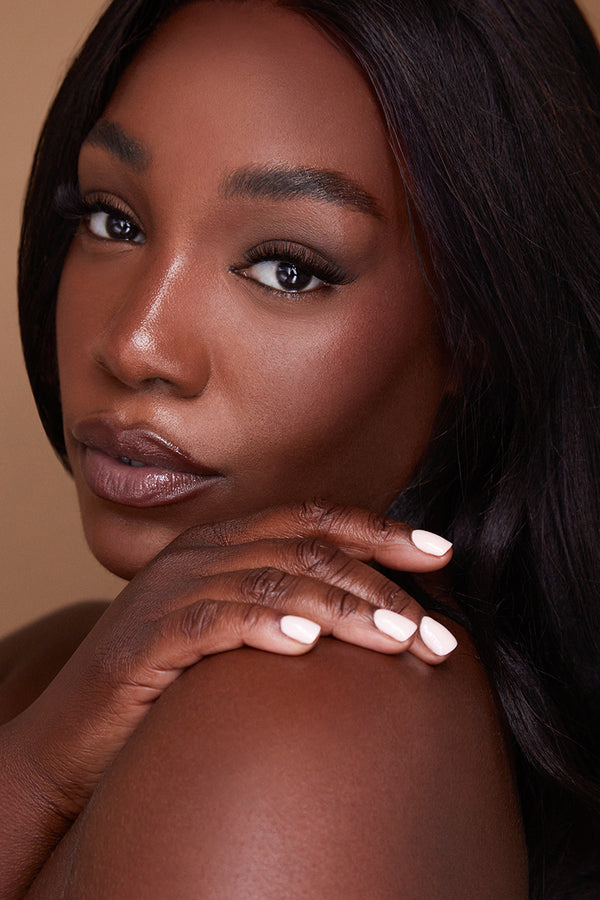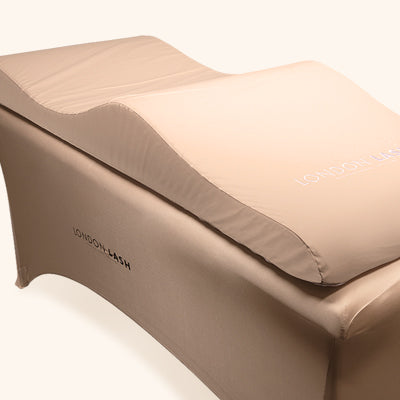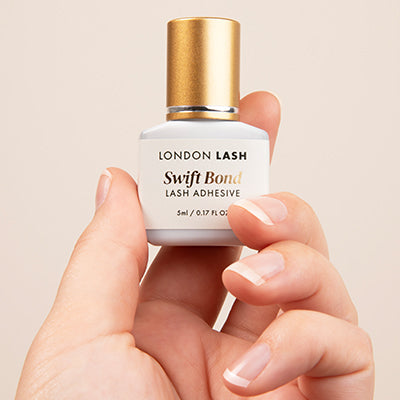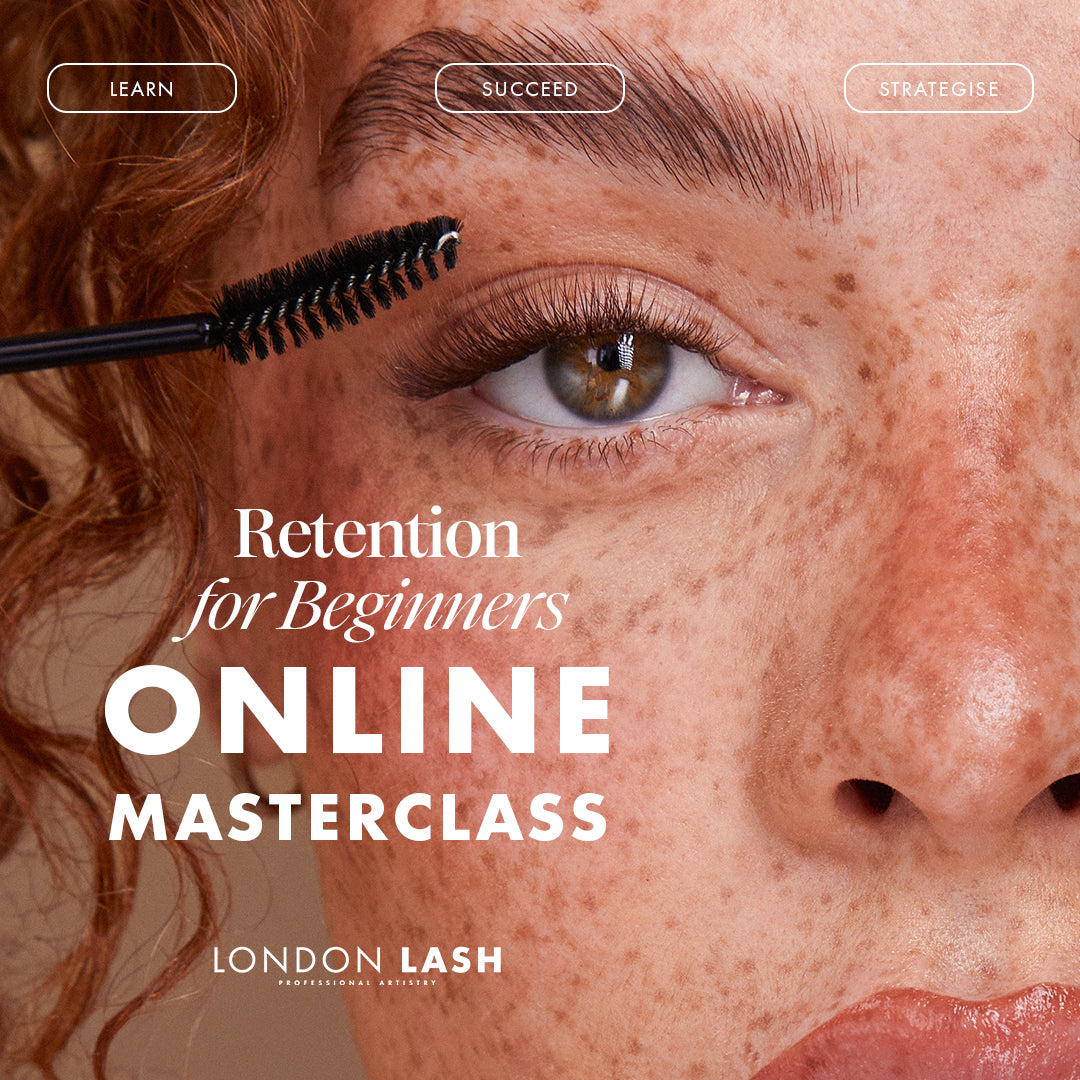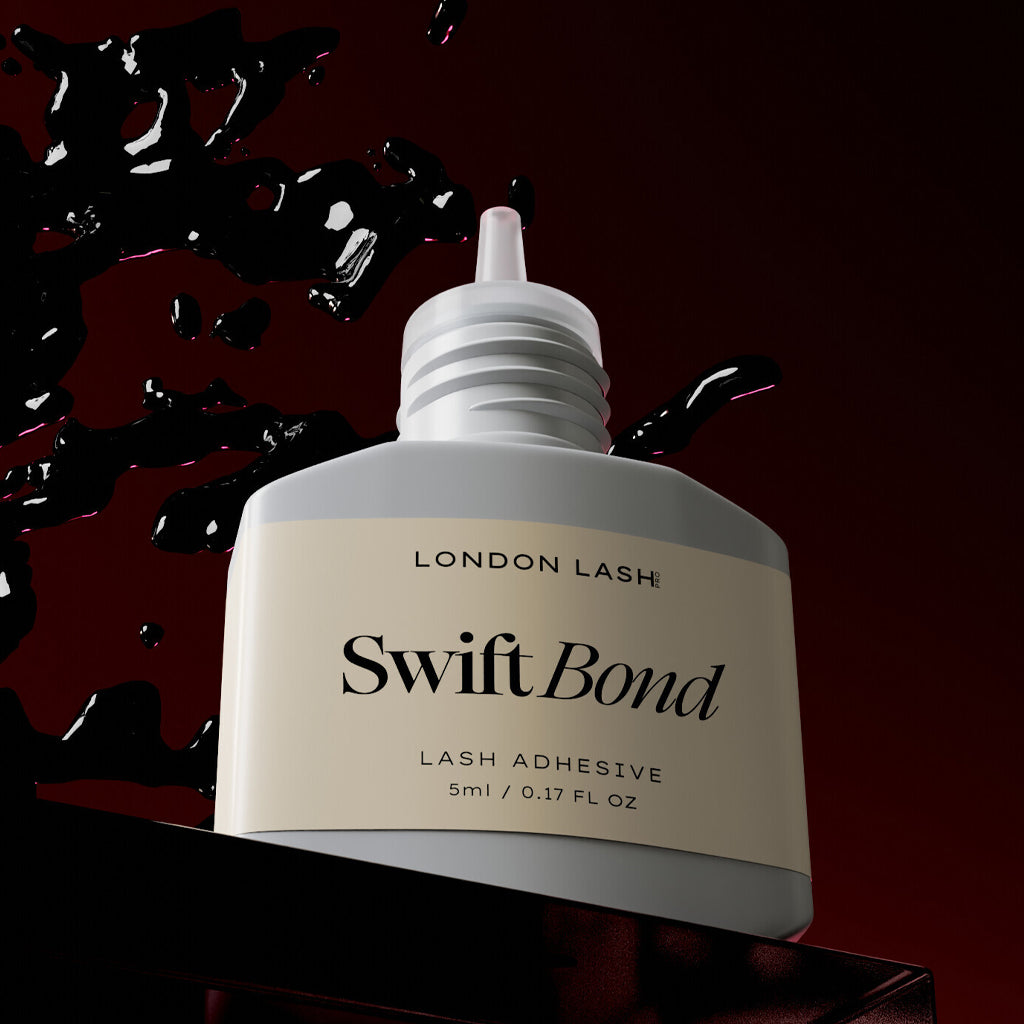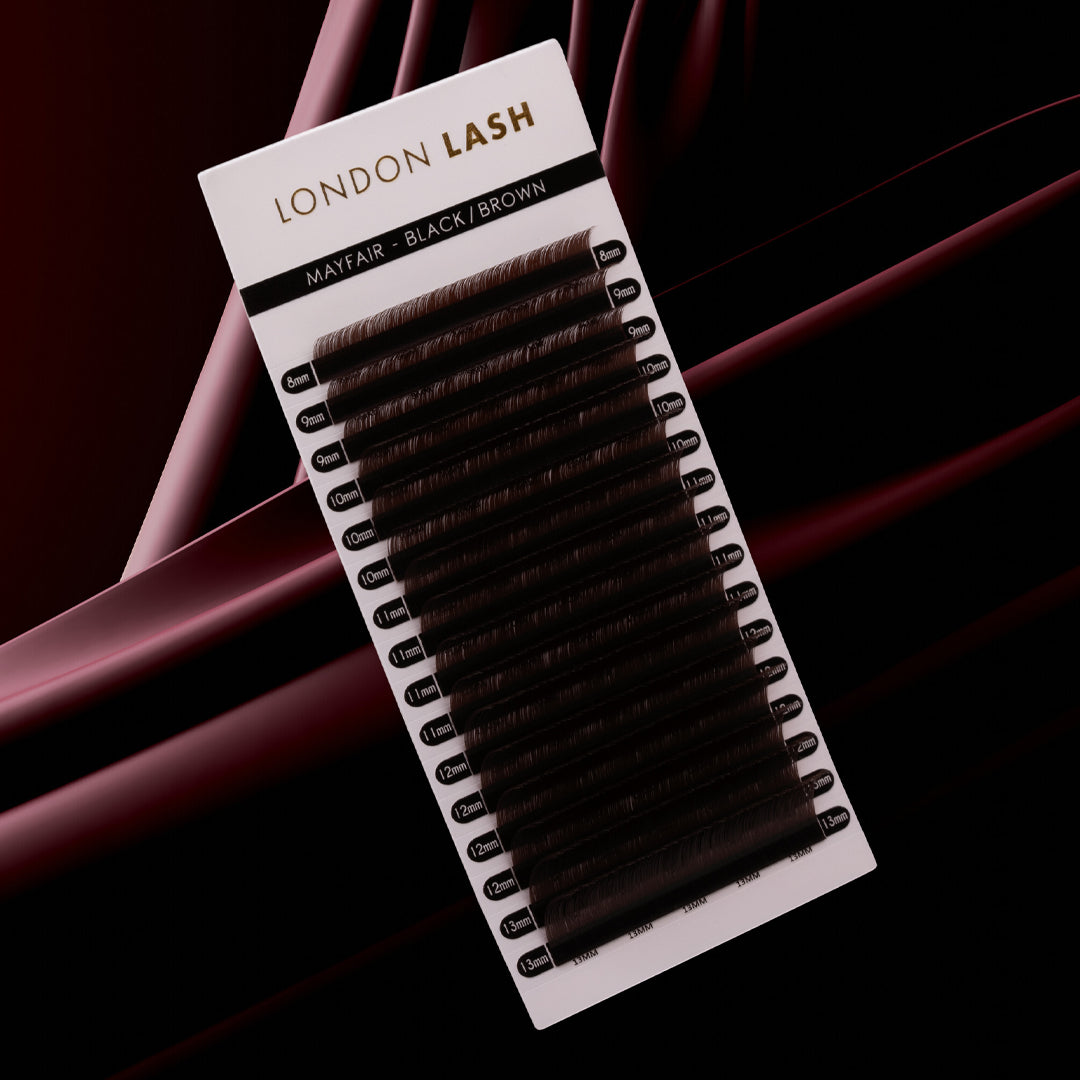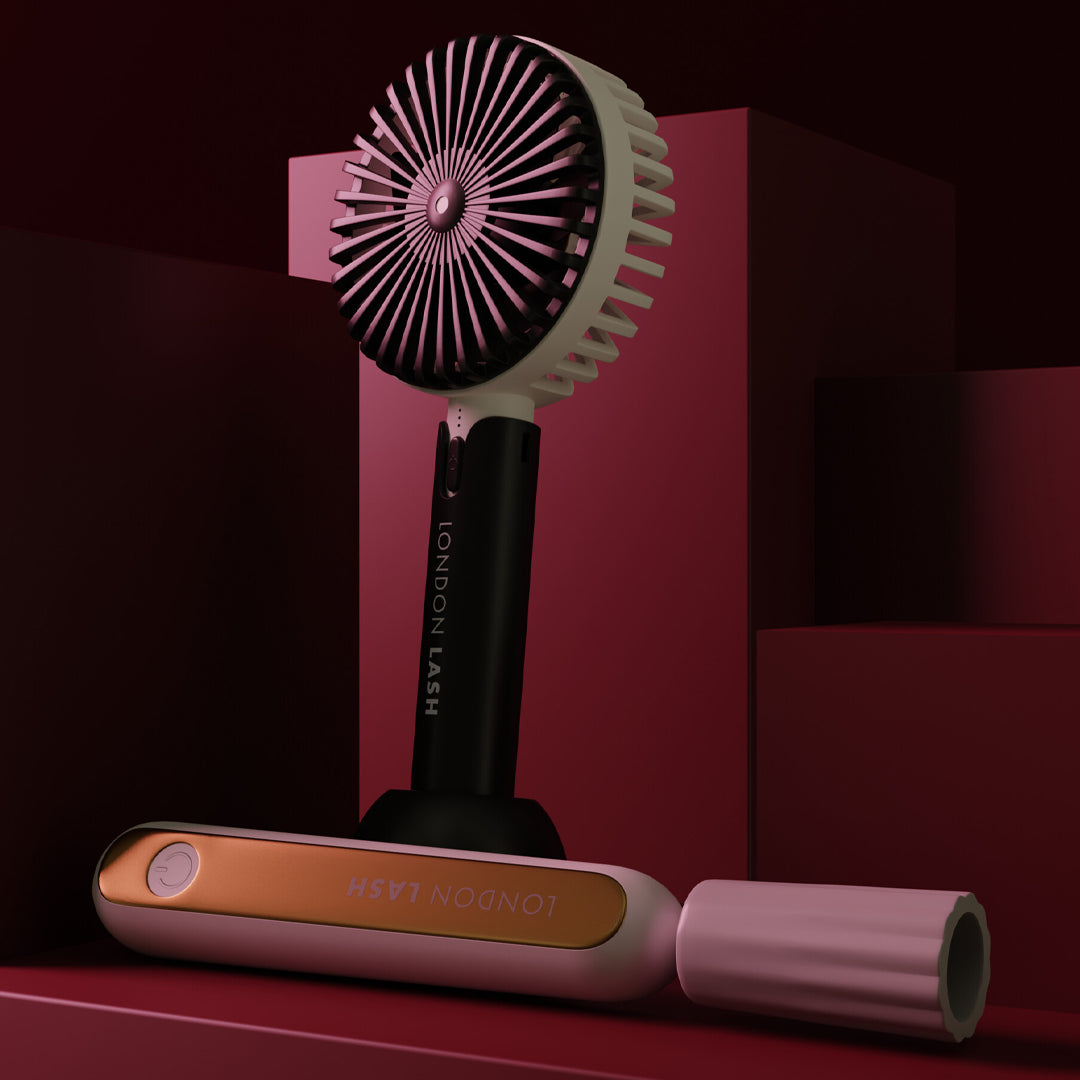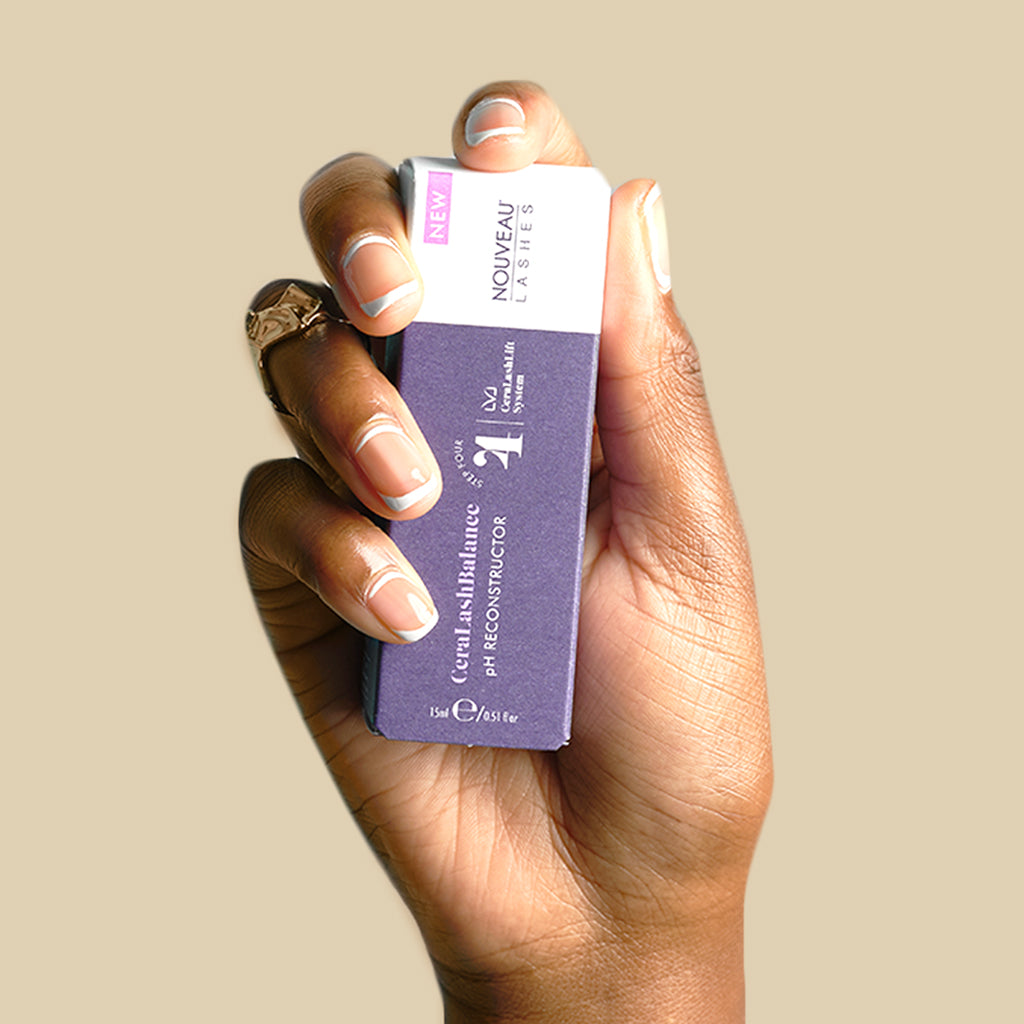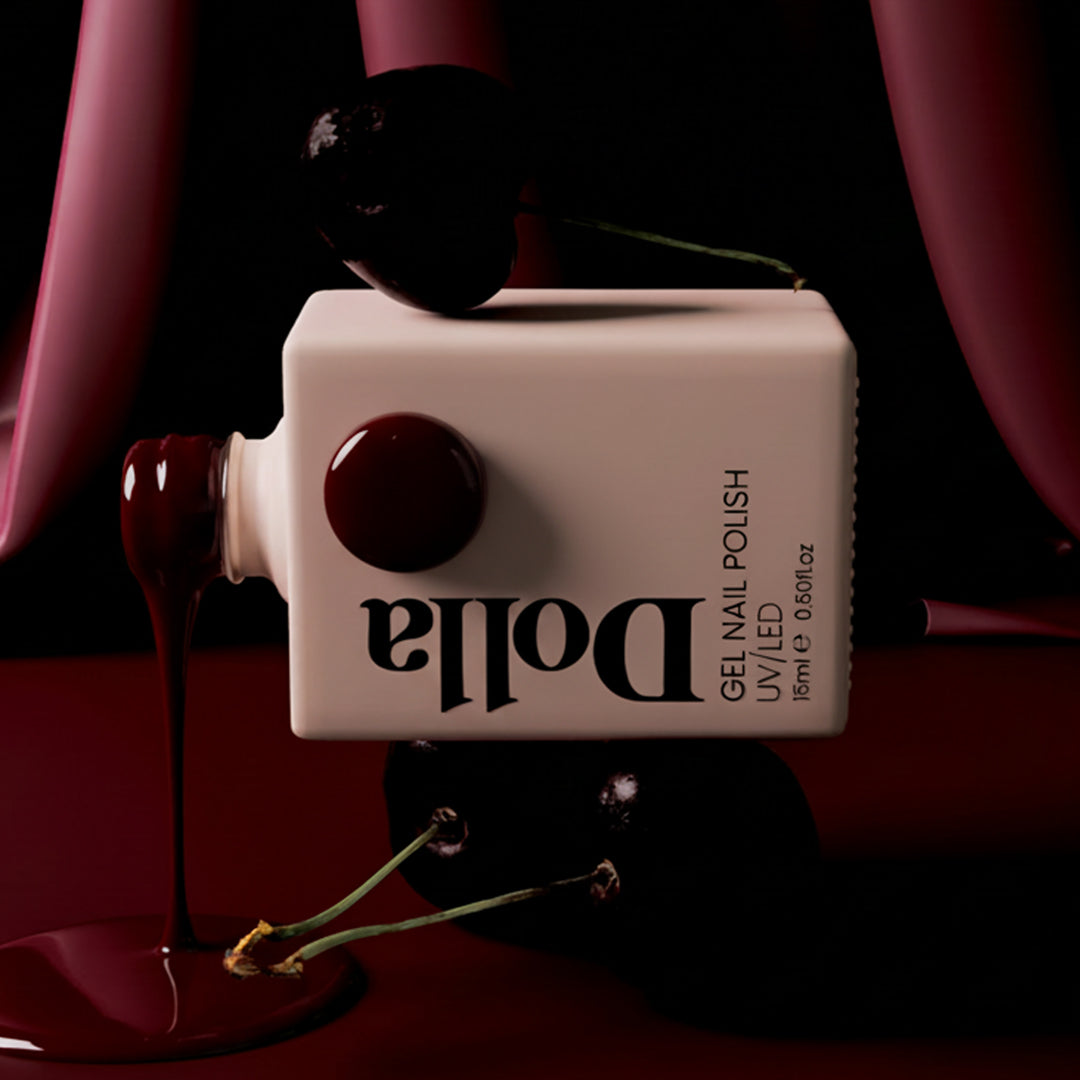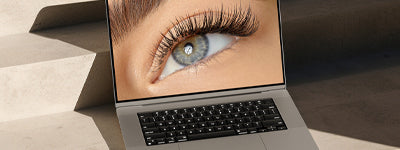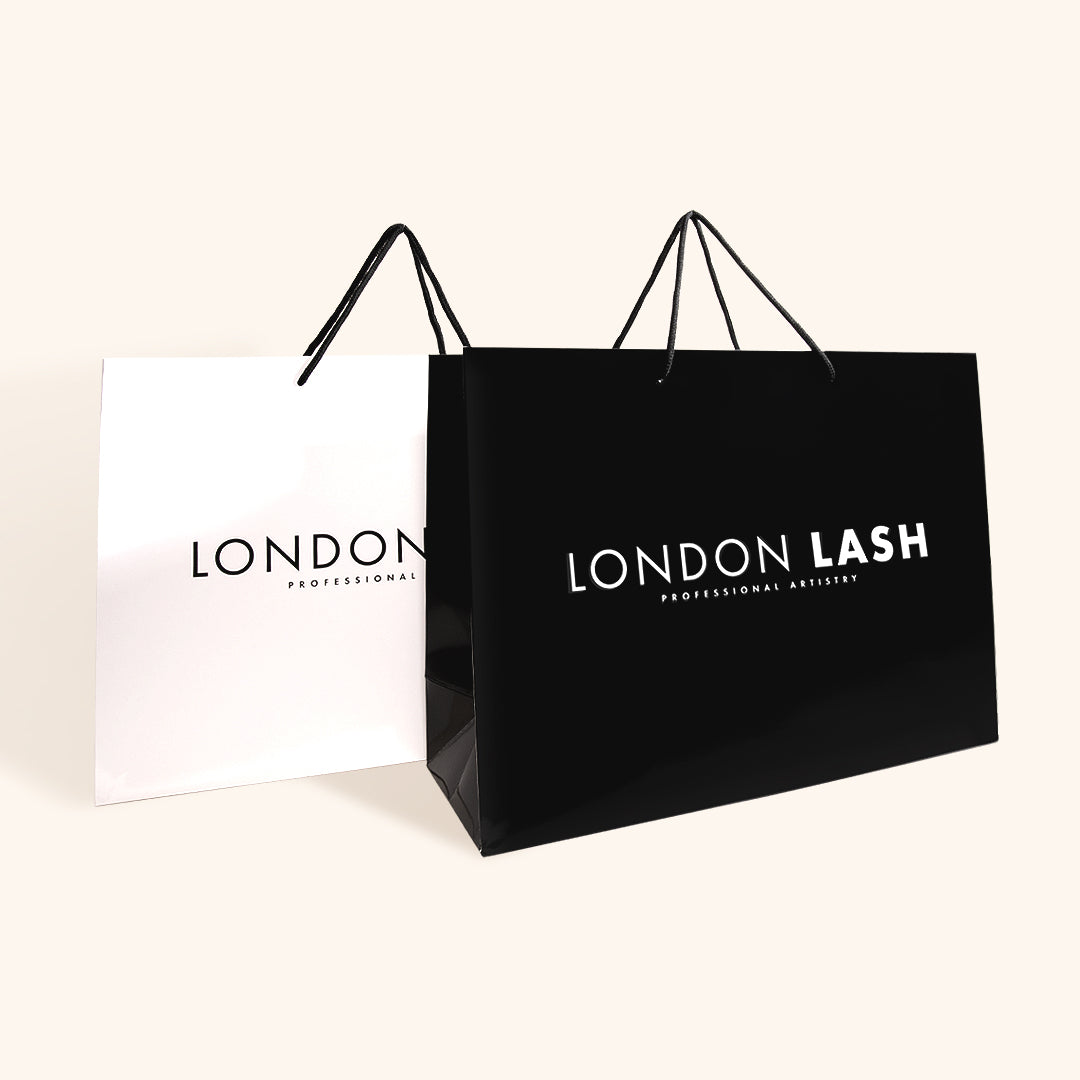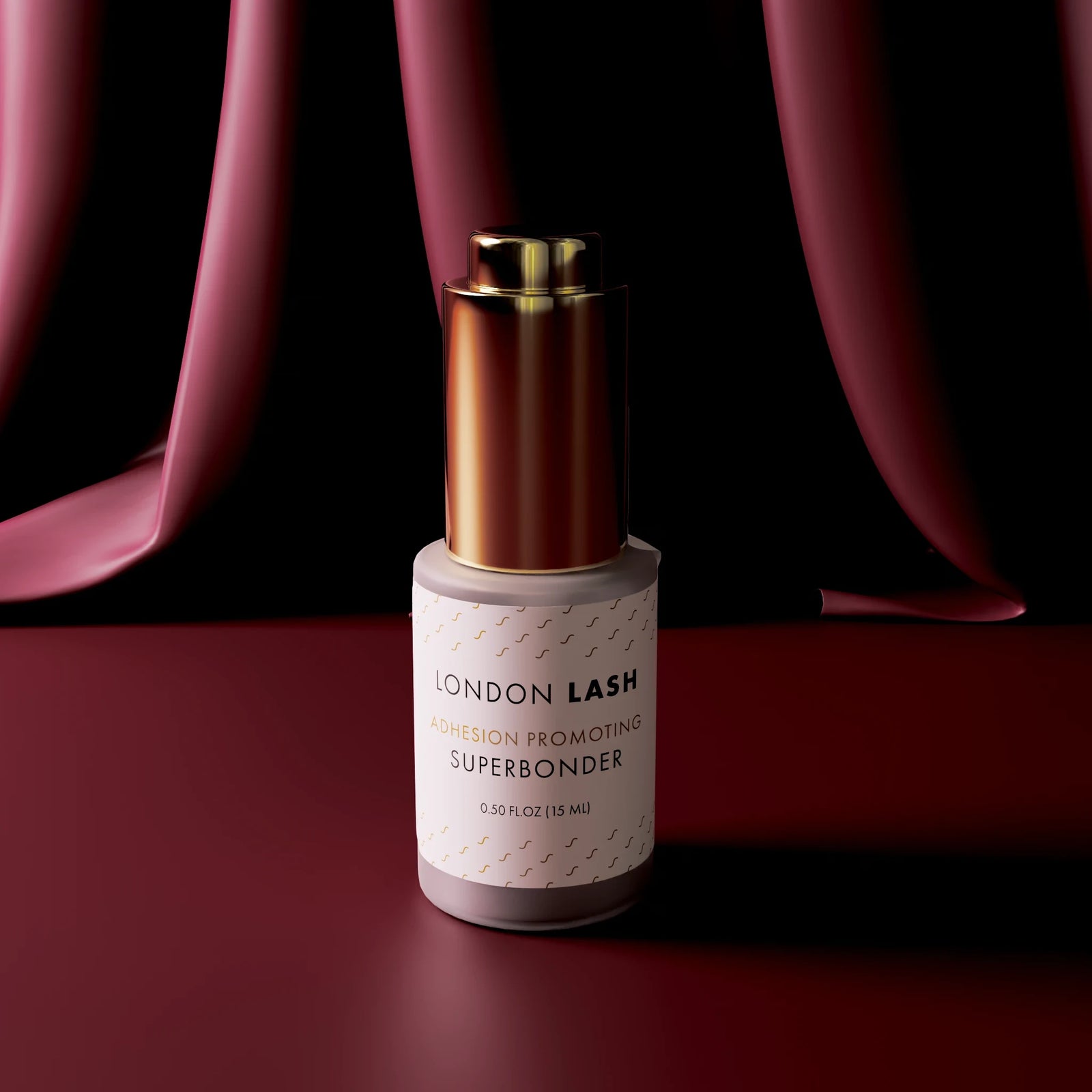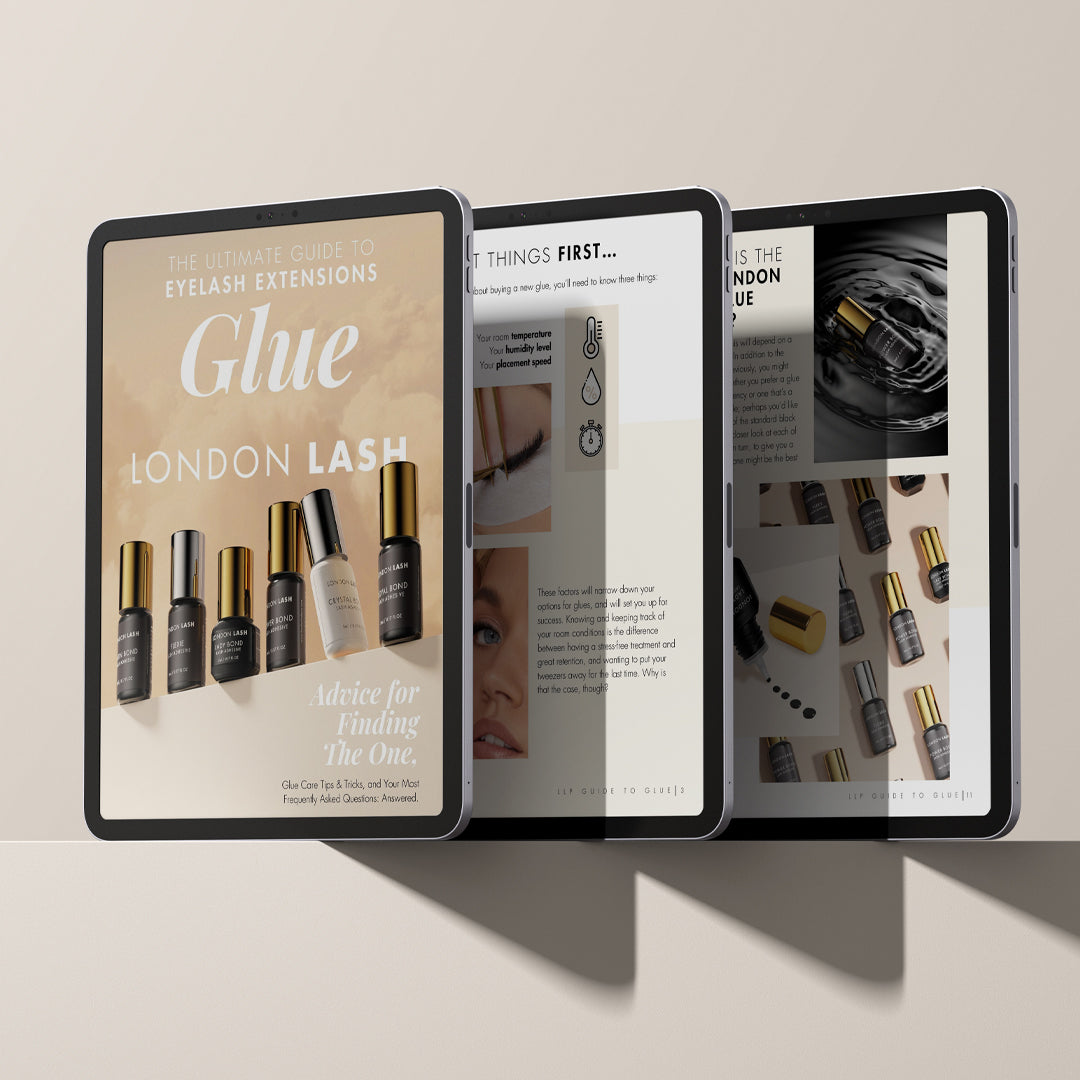New In
Glues & Liquids
Lashes
LASH LIFT
Dolla Nails Pro
Online Training
Save up to 57% off
Why Did My Client Have an Allergic Reaction?
September 20, 2021 3 min read

Allergic Reactions to Eyelash Extensions: A Guide for Lash Technicians
One of the most daunting challenges for Lash Technicians is the prospect of a client experiencing an allergic reaction to eyelash extensions. To prepare you for if this ever happens, it’s crucial that you understand how to recognize and manage these reactions. So, what should you do if you have an allergic reaction to lash extensions, and can someone who has had an allergic reaction ever safely get eyelash extensions again? Read to find out!

Why Regular Clients Might Be More Prone to Reactions
Surprisingly, it's often your regular clients who are more likely to develop an allergic reaction to eyelash extensions. The culprit is usually the main ingredient in lash glue: cyanoacrylate. While a small percentage (about 1 in 20 clients) may react to the black pigment in the glue, it's typically the cyanoacrylate that's the issue, and this ingredient is used in every single lash extension glue, so it’s pretty impossible to avoid. This type of allergy is actually accumulative, meaning the body's sensitivity to it can increase over time. So, unfortunately, a long-time client could suddenly experience symptoms after years without any problems. You might get a text saying 'my eyelids are swollen!' from a client who's been visiting you for 5 years without any issues - heartbreaking we know, but if this is the case, it’s usually an allergic reaction.

Can New Clients Get Allergic Reactions?
New clients aren't immune to these reactions, either. Individual sensitivity varies, so a first-time client could definitely have a reaction. It's important to inform all clients about this possibility as some people are just more sensitive than others, and it can happen at any time.
Do Patch Tests Prevent Allergic Reactions?
Many Lash Technicians are familiar with the scenario: a client has a reaction despite having a clear patch test. This is a common issue and highlights why patch testing for eyelash extensions isn't as straightforward as it is for other treatments like tinting. Traditional methods, like applying glue behind the ear, are not only inaccurate but potentially unsafe. Why? Well, the fumes from the glue, not the glue itself, cause reactions, and the glue can generate heat, making skin contact uncomfortable and completely pointless as a test!

A more effective patch test involves applying 10-20 extensions to each eye. However, even this method isn't foolproof since a full set of extensions exposes the client to more fumes. If someone is very sensitive, they may experience a reaction. However, it is important to note that the average person has between 80 to 150 lashes per eye. If only 10 lashes out of the total 80 lashes are covered during the application, it reduces the exposure to fumes. Therefore, it is common for a client to show no signs of reaction initially and then react to the full set later on.
Nowadays, insurance companies are more understanding of these nuances and often defer to the supplier's specific patch-testing policy. Ultimately, the decision to patch test lies with you, the technician, and the business owner, but ensuring clients are fully aware of the risks is paramount. It is advisable to obtain a signed document from your clients stating that they have been informed about the possible risks associated with the lash treatment and have understood them during their consultation. As a Lash Technician and business owner, it is up to you to decide whether you want to enforce patch tests or just offer them as an option to your clients.
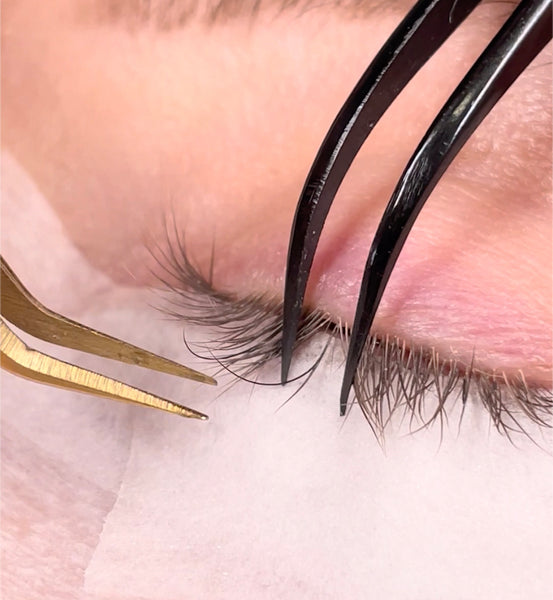
Is the Lash Glue to Blame?
While allergic reactions are often related to the glue, it's not necessarily a fault with the product as lash glues are rigorously tested and regulated to ensure safety. Changes in a client's reaction are more likely due to their body's changing sensitivity rather than a change in the glue's formulation. Reputable eyelash extension companies don't alter glue formulations lightly; any new formula would undergo extensive testing and regulatory approval.
We cannot speak on behalf of all eyelash extension companies, but London Lash would not change the ingredients of the glue without introducing a new glue with that specification. The new glue would undergo testing, checking, registration, and quality control before it is launched.

Recognizing and Managing Allergic Reactions
Recognizing an allergic reaction is extremely important. Being prepared and knowledgeable about handling such situations is essential for every Lash Technician as your number one priority should be your clients' health and safety. One preventative measure is using a product like Superbonder at the end of the treatment - it cures the glue instantly, eliminating fumes and reducing the risk of a reaction.
For more detailed information on how to recognize allergic reactions, you can refer to our specific post on the topic. Remember, the best approach is to always be prepared and informed, ensuring the safety and satisfaction of your clients.
Check out these featured products
Subscribe
Sign up to get the latest on sales, new releases and more …
